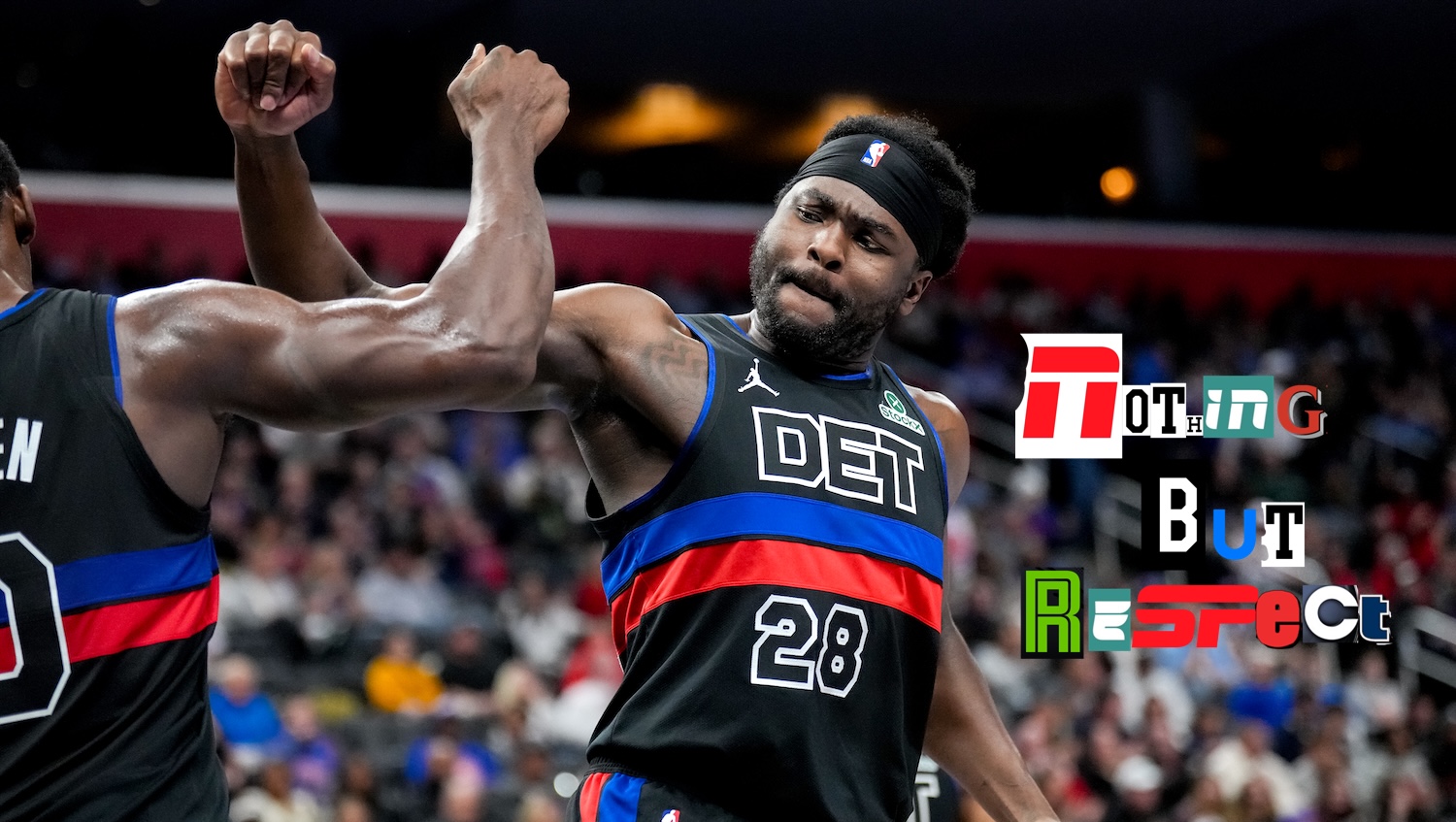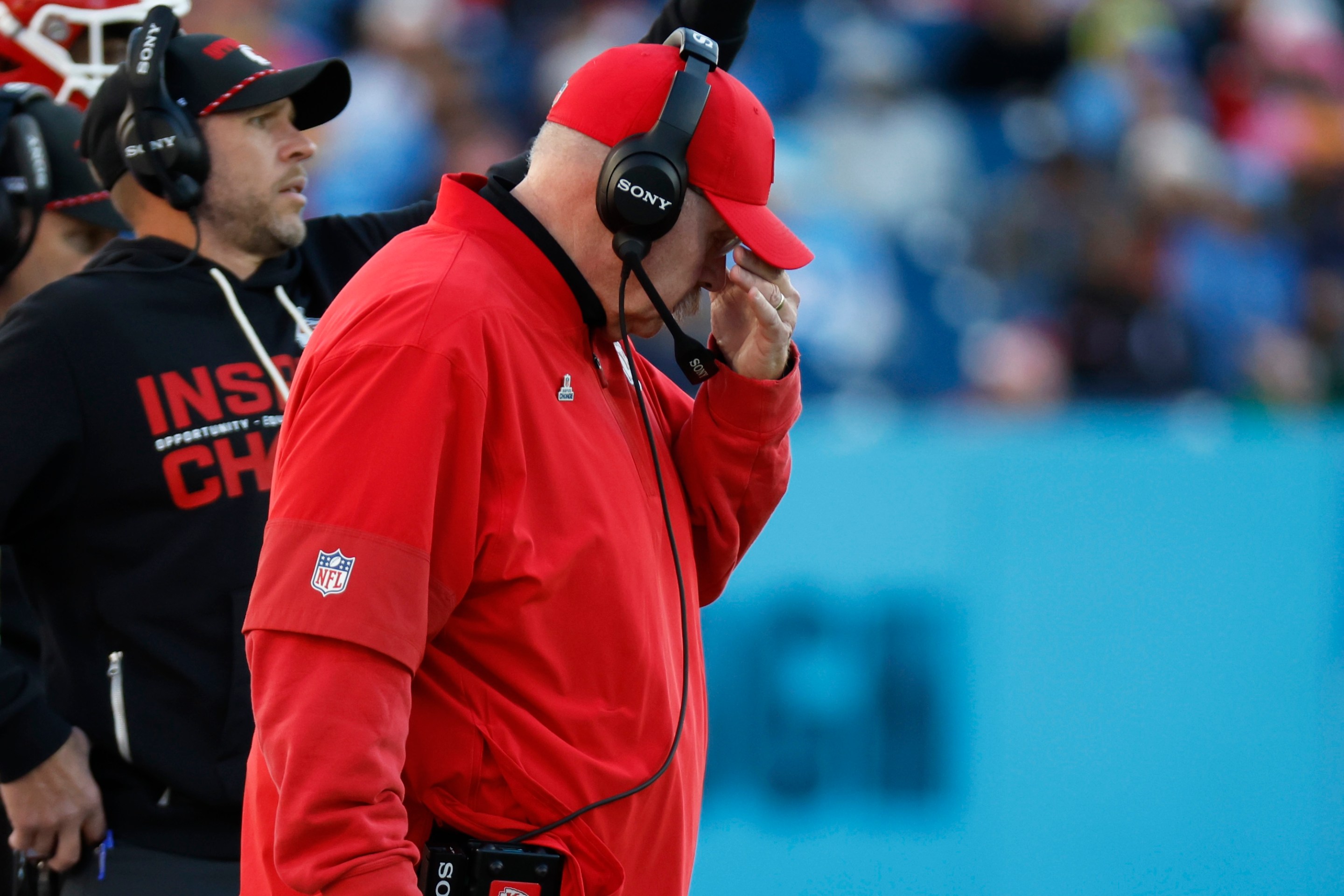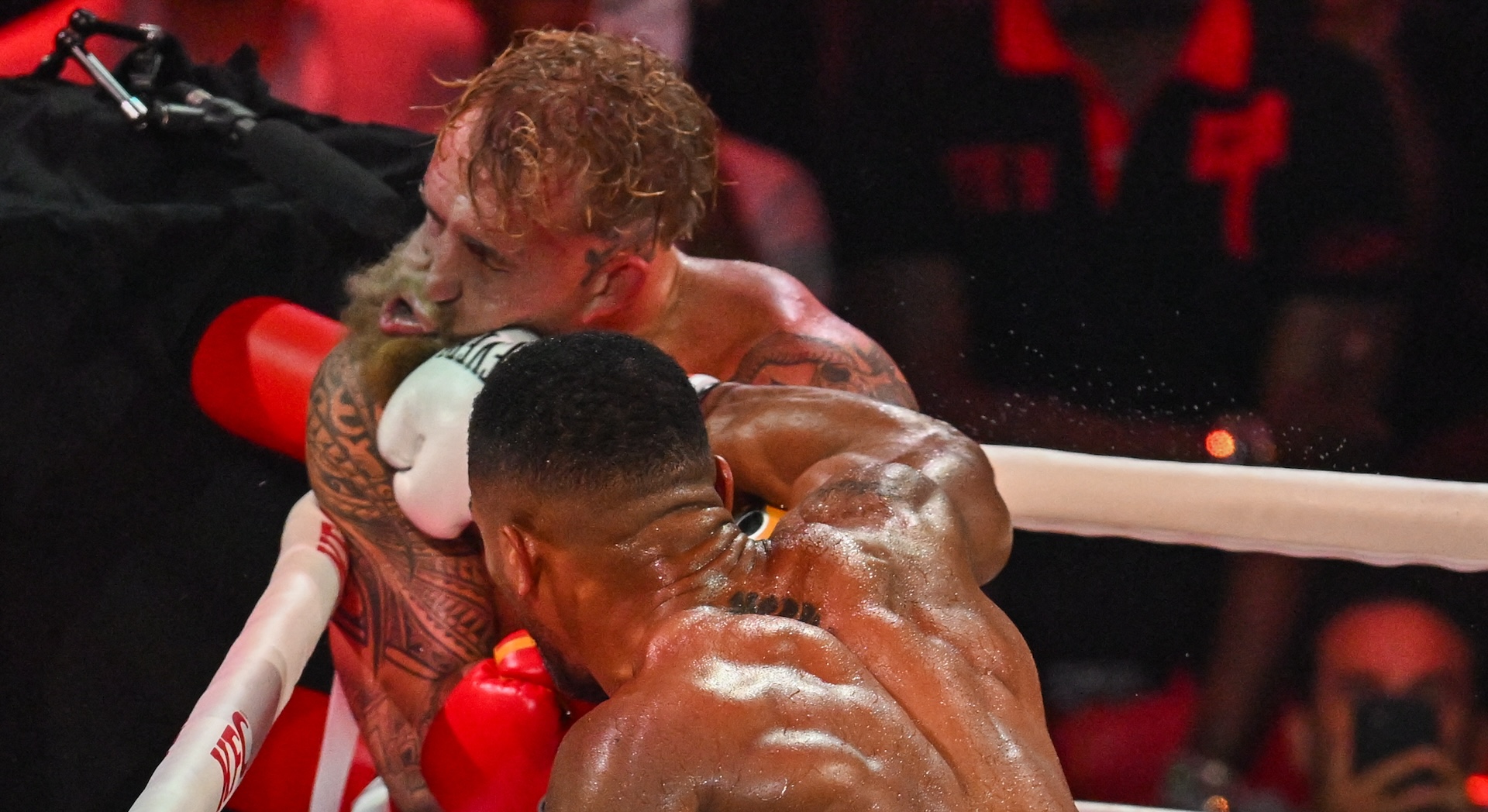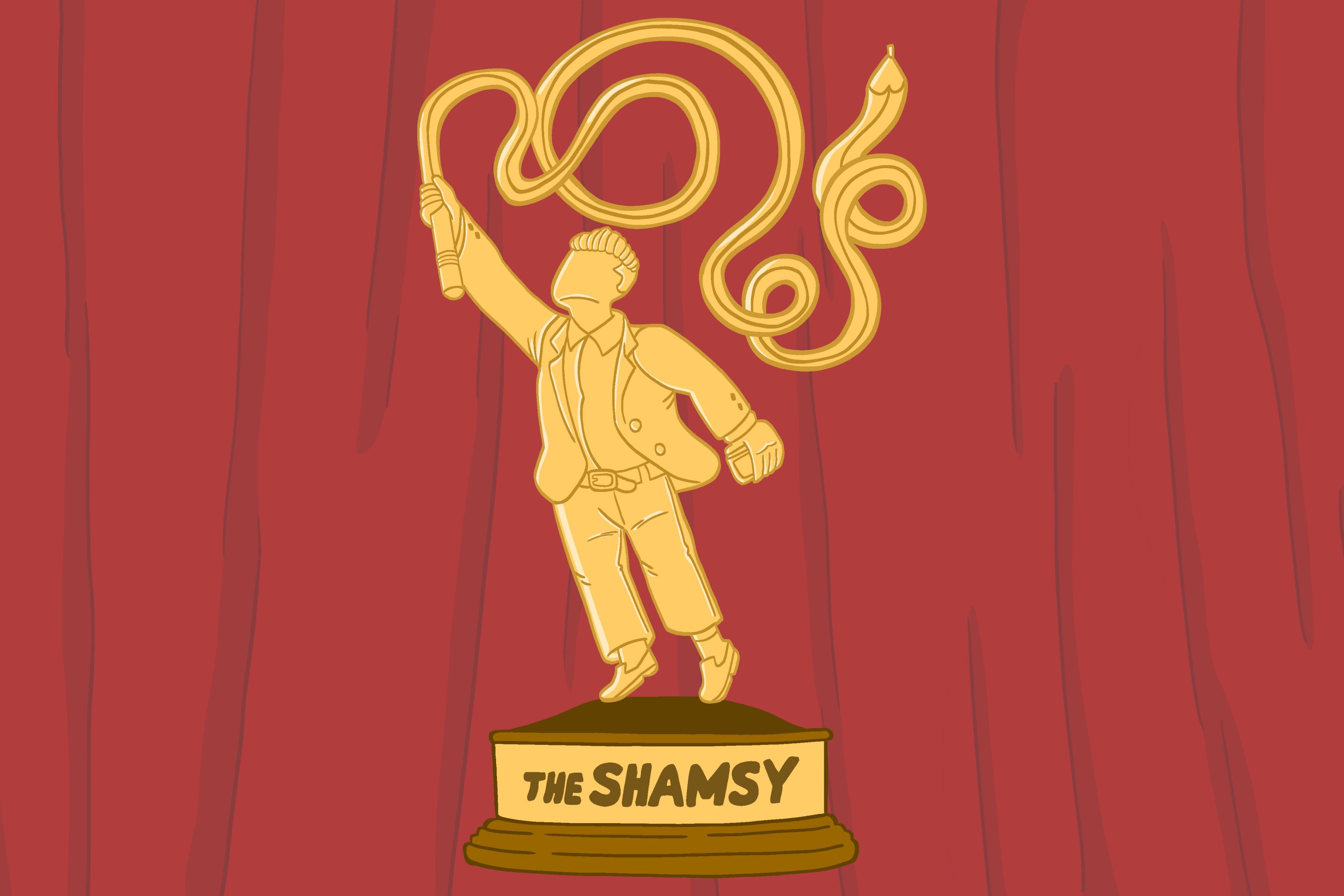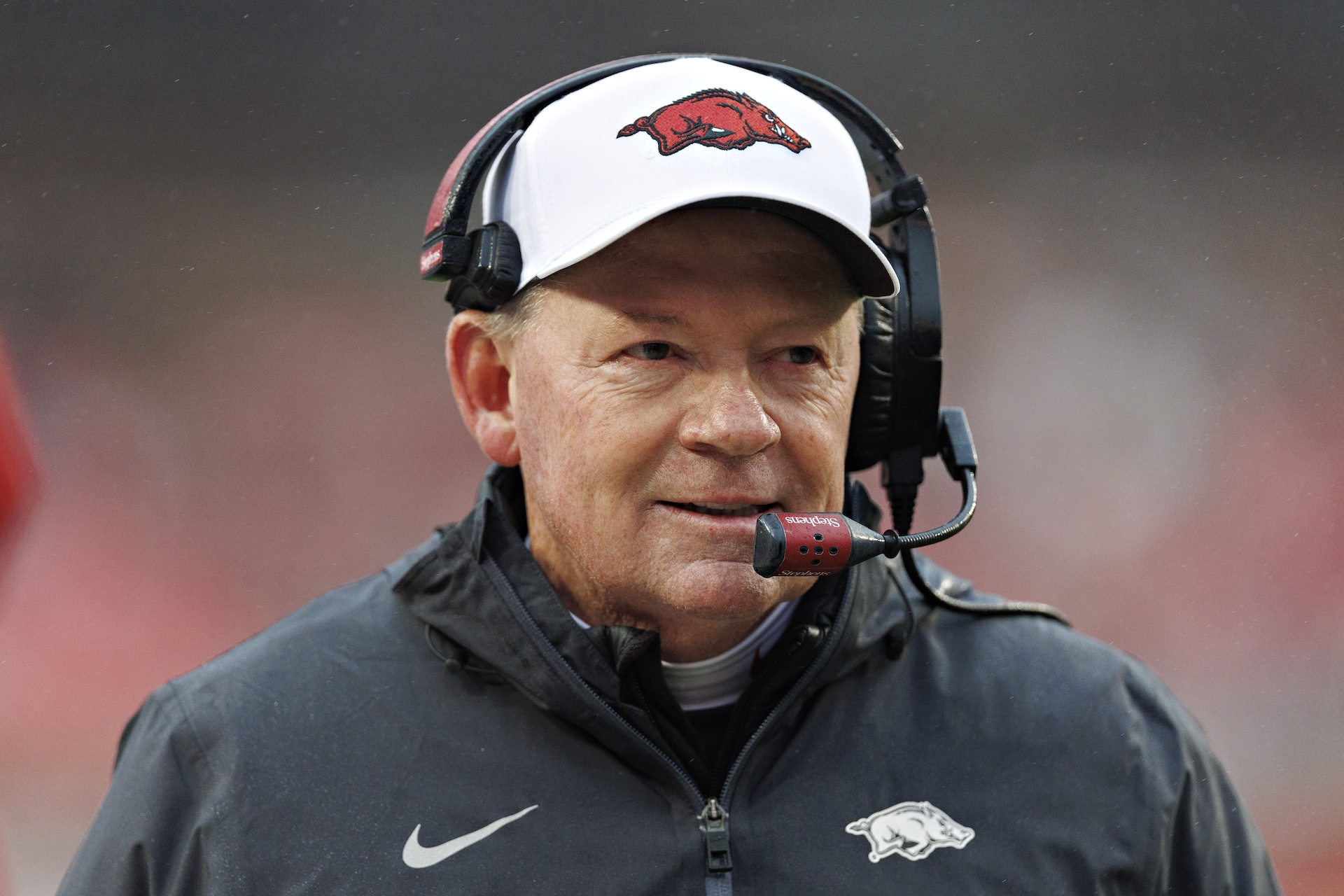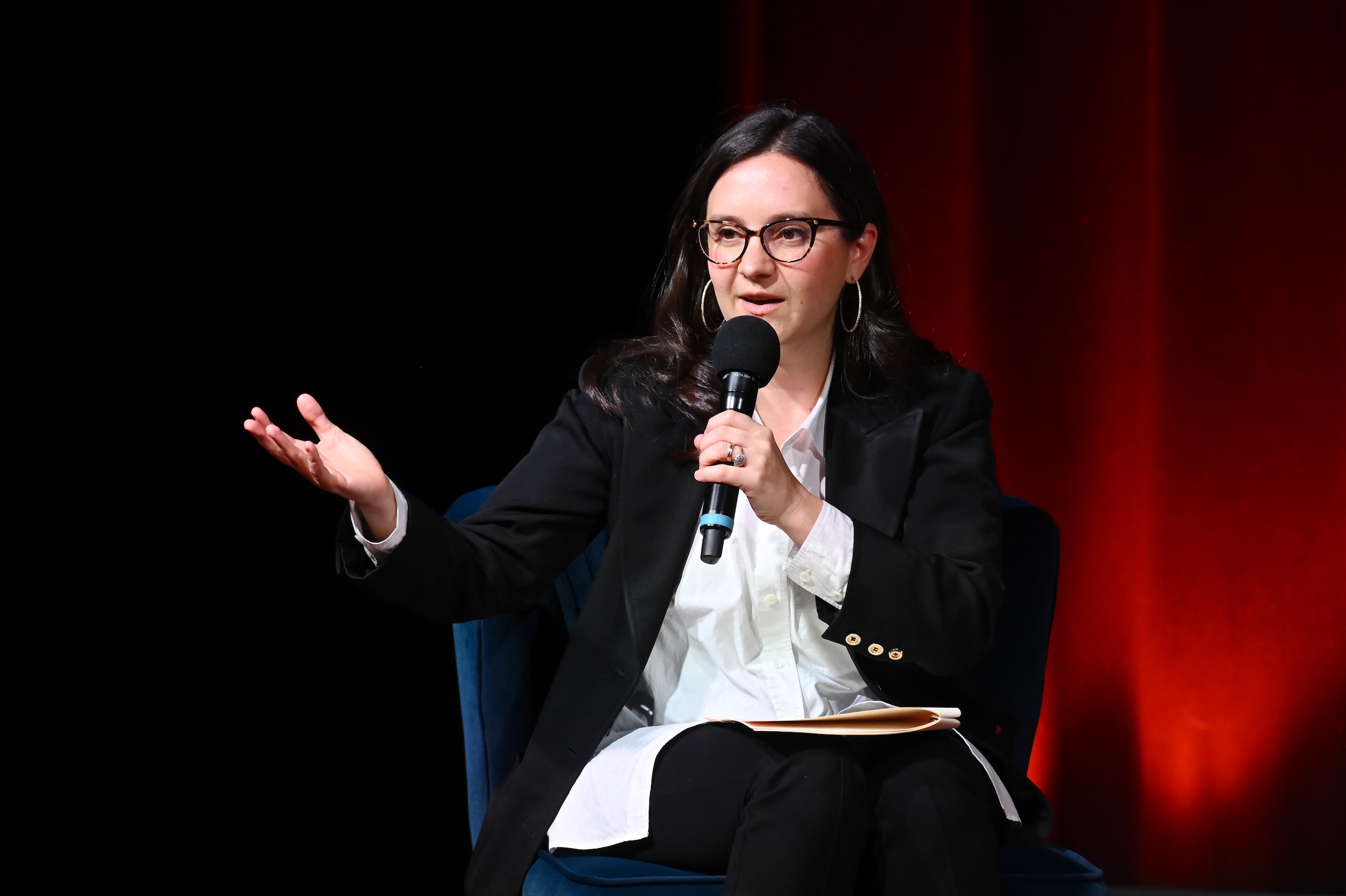E.Y. Zhao's Underspin is a novel about a table tennis prodigy, Ryan Lo. The book opens with his funeral. From there, it's a beautiful story, told obliquely through the perspectives of people who knew Ryan at different phases of his brief life. He is the charismatic void at its center, and we slowly piece together his narrative. Zhao recently covered one of the biggest tournaments in table tennis for us, and on Tuesday, I spoke to her about the novel at its launch. Below is our conversation, condensed and edited for clarity.
Giri Nathan: We share an interest in prodigies of racket sports and the kind of stunted but also incredibly deep lives they live. Could you tell me a little about your personal history with table tennis? Was it always obvious to you that you would write a table tennis novel?
E.Y. Zhao: My personal history is that I played competitively from when I was 9 to 16 or 17. I grew up in St. Louis, where there is not a vibrant table tennis scene. Usually, in the U.S., a lot of table tennis players are from the Asian diaspora, so the best table tennis clubs are on the coasts in San Francisco and Los Angeles, some in the tristate area. In St. Louis, my coach taught out of her basement. She had four tables in her basement in Chesterfield, Missouri. She used to be on the junior team of Shanghai, and her two sons both played in her basement and were on the national team.
So it's extremely random and unlikely that I played that sport growing up, but I think that's also emblematic of the sport's ethos. To me, it's a very scrappy sport. It's full of weirdos and underdogs. It's extremely nerdy. People who start will find that there are many complex things about the spin and the way the ball moves that are not intuitive and makes it difficult to learn. But that's why I love it, and it made for a good book. But I will say, when I was playing, I was not anywhere close to the best of the best. The book is written from the perspectives of people around the prodigy, because as many times as I try to understand genius, or what that might feel like, I just couldn't get there at all. And that's what was interesting to me. It's like, what do people who are watching geniuses feel? What do you get from being around a genius? And I think that ended up shaping the novel.
GN: For all the characters in this book, Ryan remains fundamentally kind of an enigma to them, and it reminds me a little bit of the fable with blind men and an elephant, and all of them are touching one part of the animal, and they have this totally different vision of what the whole creature is. And what I love about the novel is how I would enter each chapter and wait to see what kind of contact we would make with Ryan, and what new facet of his persona we would see. So I wanted to know: What were the challenges of pulling off such an intricate structure? Because the novel wears its structure very lightly.
EZ: I'm really happy to hear that. I feel like it was the structure was the bane of my existence for like, two whole years. You can see me having PTSD thinking about this. When I started writing the book, I wanted to model it off of Jennifer Egan's A Visit from the Goon Squad, which is all set in the music community, nominally, but it jumps around in time, it jumps around characters. There's a recurring cast. I heard Jennifer Egan speak in college when I was a freshman, not realizing that Goon Squad was her fourth novel, and in her talk, when she was describing it, she quoted Proust. I should have known then that I should not have tried this at home. But I thought, you know, table tennis, it's kind of a similar conceit. I want to write about this insular community surrounding one subject. And the book—initially—it jumped all over time. There's, like, twice as much material as went into the book. A bunch of characters got cut.
And so the process of getting to this was extremely agonizing. I think in the end, I just had to decide—l once took a workshop with Adam Haslett, who's a wonderful writer, and he said a book, it's like the reader and the writer are trying to meet at the top of the mountain, and you help pull each other up but each side has to exert some effort to meet in the middle. At some point in the writing process, I had to decide how to give the reader a little more pull from my end, because in the beginning, I was like, here's a hook—good luck. Get yourself up the rock. So putting it in chronological order, I think, helps do that. It also helps me clarify what the suspense beats are, to hopefully keep you moving through the book. And I used Disappearing Earth, which is another fabulous novel. But in between, honestly, it was so much like reading, rereading. I would read a short story and think, Oh, I really want to emulate that, it could fit into the book somewhere, and I don't know how it came together at the end.
GN: [The structure of the book] affords you to freedom to work in so many different tones and moods—from a German doctor to an aging movie star, there's a real range of characters in there. One thing I really love about this book is, a lot of sports books are straining to convince the reader of the grandeur of the sport, but this book revels in the dinginess and loneliness of what is, in the United States at least, a very marginal sport. I wanted to know if that reflected your personal experiences with it, and what were the most concrete, atmospheric details that you were excited to bring into the book?
EZ: It definitely does. I mean, I spoke a little bit about playing in the basement. All of the big tournaments are in convention centers, and the floor is so slippery that people will pour out their drinking water and wet their shoes in it between every single point—to get it a little tackier—so that they don't slip and fall and crack their heads. I don't know how much prize money the big tournaments go for, but it's some abysmal number. So I wanted to convey all of that atmospherically, and the sound of balls going off concrete, and playing a tiny, low room. But I think people in the table tennis world, in the U.S., take a lot of pride in it being a scrappy enterprise. I wanted to capture that as well, the fact that it's a very close-knit community. Everybody knows each other, and there's something really beautiful in that most tournament events are not separated by gender or age. So when I was 10 years old, I'd be playing 40-year-old men, 75-year-old women. It's such an eclectic mix that you couldn't get in a sport that's bigger and more structured, and more people begin to get subdivided.
GN: When we talk about table tennis in the U.S., a lot of people refer to it as ping pong—I accidentally used that word with a very serious table tennis player once, and it kind of ended the conversation—but most people know this as a game, as recreation. When you write about the highest levels of competition, in my experience, it seems that pain becomes more salient than the pleasure of playing. And there is joy in this novel, there are young people who are capable of unselfconscious joy, but there's also a lot of pain. I was wondering how you thought about structuring a book around a game, and where to deploy those moments of joy, of joy playing table tennis, or just being a young person.
EZ: I don't know how conscious it was, because for me, and I think for a lot of people, that the age bracket that I'm writing a lot about, from like 12 to 22, maybe it's just like everything is so heightened and agonizing and and they're all about, like, the kids feeling like they deserve punishment. But that's just what happens, for sure, to kids—adults around you just are entitled to make your life shitty, if that's their prerogative, and you don't question it, right? That's like fundamental to a lot of sports training, to a lot of educational structures, within a lot of your family circles. So I just wrote about it all as one entangled thing, and that was my experience, too. I had a lot of fun playing table tennis. I still have a lot of fun playing table tennis, and on the flip side of the coin, like, I still get psychological damage playing table tennis. I'm 28 years old now, but anytime you want something that badly, right? It hurts you.
GN: Table tennis has such a rich jargon, and for me, as a reader, or even just a language user, learning the jargon is one of the greatest pleasures that a good book can provide, especially if it's a subculture that I only have some glancing awareness of. Can you walk us through some of your favorite table tennis terms?
EZ: I love the tomahawk serve: You toss it up, and you cut the ball from the side, and you use your whole body, and it looks dope. There's something called the chop block. You kind of shunt the ball sideways, and it, like, dies on the way over. These all sound really violent. They're all blade-related terms. Looping, chopping, tomahawk, the pendulum serve—it's all very dynamic and beautiful, which is ironic because some of the movements when I'm doing them, I'm just, like, crept over like a crab. It's a lot of spin-related terms, because the rubbers now are very grippy, and so they impart a lot of rotations per minute, and that's one of the distinctive things about table tennis and why it's superior to pickleball. There's a lot of technique in reading the spin, controlling the spin, and imparting the spin.
GN: There are great table tennis action scenes in the novel. We spoke recently about ekphrasis, or writing that engages a work of visual art. I often feel like writing about sports has a similar function. There's something visual, but unseen to the reader, and you're trying to make it vivid through language. So how do you approach those scenes on a craft level? Because sometimes I feel you echoing the bam, bam rhythms of the sport. Sometimes you're dilating time a little more and zooming out and giving the reader a little more context. Were those scenes fun for you to write, and what informed those?
EZ: I did have fun writing the book. It's a marginal amount of fun. What was interesting for me to think about, on a craft level, is the experience that players have, versus the experience that you have just watching a player at a tournament, versus the experience that you need to have a reader to have in a work of literature as you're reading about sports. So a player, if you're in a good place, you shouldn't—you're not in your head that much. So that was helpful for me. If I'm writing from a player's perspective and something bad is happening psychologically, then I'll be like, OK, now is the time to clutter their thoughts, to cut in a lot of flashbacks or whatever. From the spectator's point of view, I think it is ekphrastic. I tried to use the table tennis scenes when possible, as the Proustian activation of memory. I think there's quite a lot of that. Rahul, who's one of Ryan's former training mates, is watching Ryan compete in the Olympic trials, and all of this random stuff from his own life appears to him as he's watching table tennis.
GN: What were the scenes that were most challenging to write?
EZ: The most difficult thing was figuring out what to do with Ryan's point of view, or lack thereof. I tried to write it a lot of different ways, and it never came out right, because, kind of like we were saying at the beginning, what I was interested in writing, and what I was able to write, was not embodied in the point of view of the star. So I got there, and it would always be kind of hollow and empty. When I realized that, and let go and just excised all of it, it made the book click. The other parts that were difficult ... there's a lot in here about the power dynamics between adults and children and complicity, and when you witness scenes that you're not sure what to make of, and don't know whether or how to act, and those are difficult emotionally. That's when I got into the issue of the characters' lives far outside of table tennis, and I like writing that stuff a lot. I really love domestic stories. In fact, I had to add more table tennis to the book. But I think fine-tuning that ambiguity was difficult and made me sad to think about, like, how many times in our lives we probably pass scenes where someone's being hurt and we don't know, or a parent unwittingly hurts their child, or children unwittingly hurt each other.
GN: [The book] is a testament to suburban domesticity and the kind of mundane but also dark things that are happening there. Community centers, tournaments, hotel rooms—these are quotidian settings, but they're charged with so much emotion, and you tune us into that really nicely. I want to talk about loneliness, and loneliness as it relates to prodigies, who often cannot relate even to people who are extremely, extremely good at the thing that they do. Did you know of a Ryan-type figure in your table tennis past? Did you find yourself wondering about the loneliness that comes with that level of excellence in any craft?
EZ: I didn't. There's no one single Ryan who inspired the character, but he's kind of an amalgamation of many of the players that I saw around the junior circuit growing up. I mean, my coach's sons, they had each other, but they were training in a basement in St. Louis, they'd be gone a lot of the year, training in Germany, playing tournaments. They were in this echelon above us that the rest of the snot-nosed kids playing in their house really could not understand.
It's interesting—the kids I did know, they weren't lonely. I didn't observe them being lonely, per se, because they had their friends in the junior circuit who were as good. But those are very fraught relationships, as depicted in the book, because you might be good friends with somebody, but then you're gonna have to go on to the arena and, like, try to kill each other over the last Olympic spot in five months. So I guess that is a very specific form of alone-ness. But I think the thing with that, and also the rest of the book, and what makes it not just a table tennis novel, but a novel set in the table tennis world, is that feeling also afflicts people who are not prodigious athletes. Just, like, what is the limit of a human connection? How many truly unconditional relationships do we have? Maybe I'm very cynical about this, but as I was writing the book and thinking about that, it's like Ryan, this character, has very specific conditions that make it hard for him, but you can look at anybody's life and identify those dynamics. So I was really just taking whatever of it I knew from firsthand experience and dialing it up tenfold.
GN: There is a huge body of literature and art about prodigies, and it can be done in a very kind of heavy-handed and tropey way, or it can be done in a fresh way, which I think you've done here. We talked recently about The Last Samurai, which is about a very memorable prodigy. Were there any touchstones for you that affected the writing of this book?
EZ: I would say my anti-touchstone work was the David Foster Wallace essay about Tracy Austin, the tennis prodigy. When she was 16, she won the U.S. Open. And then she wrote this memoir, and Wallace, who's such a tennis nerd, was really hoping his memoir would tell him everything he could know about tennis and what tennis geniuses are like. He read it, and it was just like, Woo, woo, and then I went on the court, and I tried my best, and it was like, that's all she could get down. I think after I read that essay, I was just like, it's not really about the prodigy. It's about the weird dirtbags around them. Yeah, I have my list of books that influenced me written down ... yeah, these are all books about the weird dirtbags. I'll shout out Skippy Dies by Paul Murray, which is about a bunch of Irish eighth graders who are so, so weird. Kazuo Ishiguro is the king of people who feel like they're huge losers, but can't handle it. I would say he's one of my muses. Open by Andre Agassi, actually, which I think is really in the DNA of this book, because here's a guy who was a prodigy and could write about it. If you open his memoir, it's just him, like flogging himself for 300 pages straight.
GN: What were some of the most surprising responses you got from the table tennis community as this novel made its way around?
EZ: It was a lot of people being like, Was this this guy? I didn't know these people at all. I never expected anybody to read the book. So I used people's names, I mixed them around, and then I gave it to people, and they're like, Is this Barry? I was like, No, but it's still kind of jarring to me, but it means I got something right. It also makes me sad, because I didn't know the literal happenings, but you only have to imagine what's happening behind closed doors in any sport. So that's something that all sporting communities are still thinking through.
GN: Any novel about table tennis in the U.S. is also about Asian Americana. Did you feel like you were wittingly or unwittingly doing some kind of anthropology of that world? You know, the community centers, the intergenerational friendships. I love all those details.
EZ: We're always writing the books that we want to see. And I wanted, and there's more of them now, but I wanted a book about suburban Asian America that is just immersed in its concerns, without trying to explain it to somebody or wringing its hands over the question of, like, what is Asian America? That's a really important question, I'm not going to be able to answer it, and so I just wanted to do justice to—like you were saying the other question—the joys and the pains of being in a diasporic community in the U.S. I think table tennis ended up being one of the easier ways to do so. But yeah, that meant a lot to me.
GN: You talked about your specific background in the Midwest, in St. Louis, and there not being a hub of table tennis. Did you ever think enviously about your friends from the coasts, who did have this rich Asian-American table tennis community, and did some of that longing make its way into the novel?
EZ: Yeah, 100 percent I wish I were a California Asian. Or a New York Asian. But the California Asians have something special going. They have the best table tennis clubs in California. But I think there's specific neuroses you get from growing up Asian in the Midwest that they maybe don't have to deal with, but also made me a writer. So, thank you.
GN: Shoutout to neurosis. One question to wind down: I just want to talk about the title of the book. What is underspin, and what is the thematic resonance to that title?
EZ: Yes, underspin was the bane of my existence competing. It's a spin where the ball is sinking, and you need to reverse the spin to get it over the net. You can either get under it and reverse the spin that way, or you can loop it, which is imparting spin in the other direction to get it over the net. To me, it's the sad spin. The ball is sinking. Your opponent's playing with underspin; you hit it, it goes in the net. But it's also one of the building blocks of the game. So I thought it would capture that melancholy.

